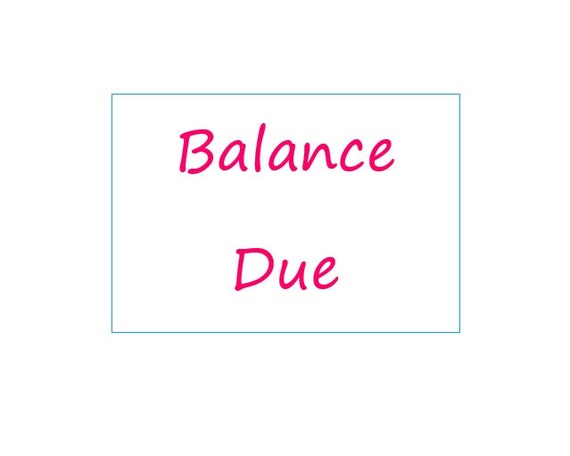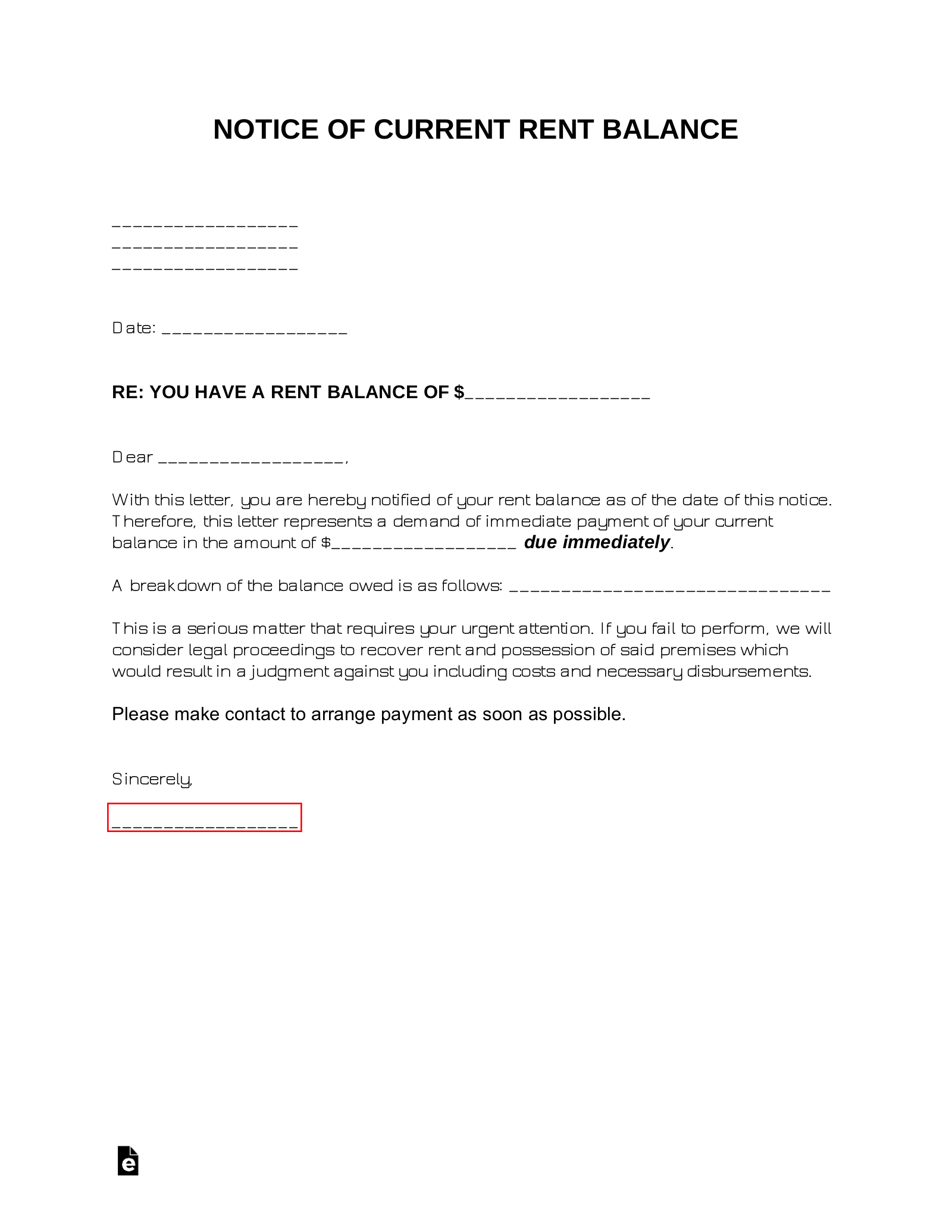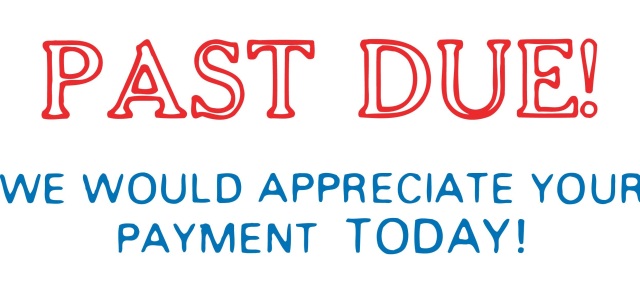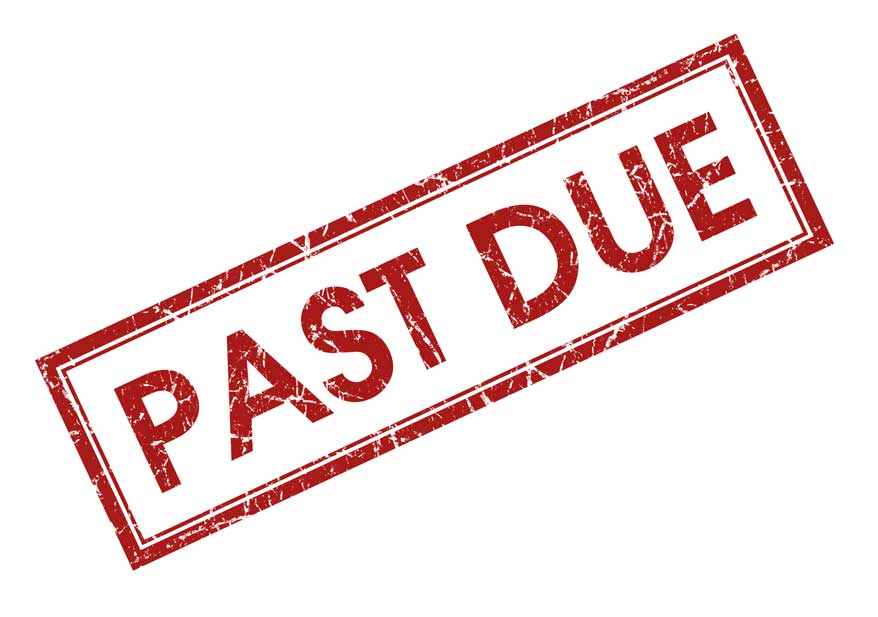

A good acid-test ratio is generally 1, however, a lower ratio may be normal for some industries. To determine your quick ratio, add your cash, cash equivalents, marketable securities and accounts receivable together, then divide by your total current liabilities. The quick ratio, also known as the acid-test ratio or liquidity ratio, measures your business’s ability to settle its current liabilities immediately using cash and quick assets (ones that can be turned into cash within 90 days).Healthy businesses generally have a debt-to-equity ratio of 1 to 1.5. The debt-to-equity ratio measures your company’s financial leverage by dividing your company’s total liabilities by the shareholders’ or owner’s equity.Two of the most common ratios used to measure a business’s financial performance are the debt-to-equity ratio and the quick ratio. This comparison may also help you identify areas for improvement in your business finances.

Your balance sheet should allow you to calculate these ratios for your own business and see how they compare to your industry's averages. While you may not have access to your competitors' specific financial details, you can often find the average working capital ratio, quick ratio and debt-to-equity ratio for businesses in your industry from reliable business statistics and analysis sources. A balance sheet may also help guide your financial decisions, such as determining whether you can take on short- or long-term financial obligations based on your current and noncurrent obligations and assets. You can compare past and current balance sheets to monitor your company’s performance over time, identify financial trends and inform business strategies. You may use it to calculate financial ratios, like a return on equity (ROE) ratio. Assessing your business's financial standingĪ balance sheet should give you a sense of your business's current financial health. From internal to external purposes, below are several reasons for creating a balance sheet for your business. Once you've finished creating a balance sheet for your business, there are many ways to use it. Balance sheets also allow you to monitor your business's net worth and, when compared to previous balance sheets, trends in your company's financial health. Large C corporations may be required to submit balance sheets to the IRS to ensure they match accounting books and record-keeping. Lenders, investors (both current and potential) and-if you're selling your business-buyers often request balance sheets to determine your company's financial health. Dividing assets and liabilities into these categories may give you a better sense of your business's immediate and long-term financial standing and also help you make important financial decisions.īalance sheets can be important in many situations. Current items should be available or due within one year, while noncurrent items won't be available or due within one year. In sole proprietorships and small businesses, it represents the owner's equity.Īssets and liabilities may be current or noncurrent. In large businesses that have investors, this represents the shareholders' equity.

SHOULD DUE TO DUE FROM BALANCE SOFTWARE
They include items like loans, credit card debts, wages for staff, deferred tax liability and accounts payable like software subscriptions, vendor payments and rent and utilities. Liabilities: Your business liabilities are debts or the amount your business owes to others.They include items like cash or cash equivalents, investments, product inventory, owned equipment, prepaid expenses, accounts receivable (money owed to your business) and owned property, such as real estate or company vehicles. Assets: Your business assets are anything of value that your company owns or is owed.

Balance sheets are prepared by you or your accounting team at a regular interval, such as quarterly or annually, and have 3 regular components: A balance sheet is a financial statement that highlights how much your business owes and owns at a specific point in time.


 0 kommentar(er)
0 kommentar(er)
